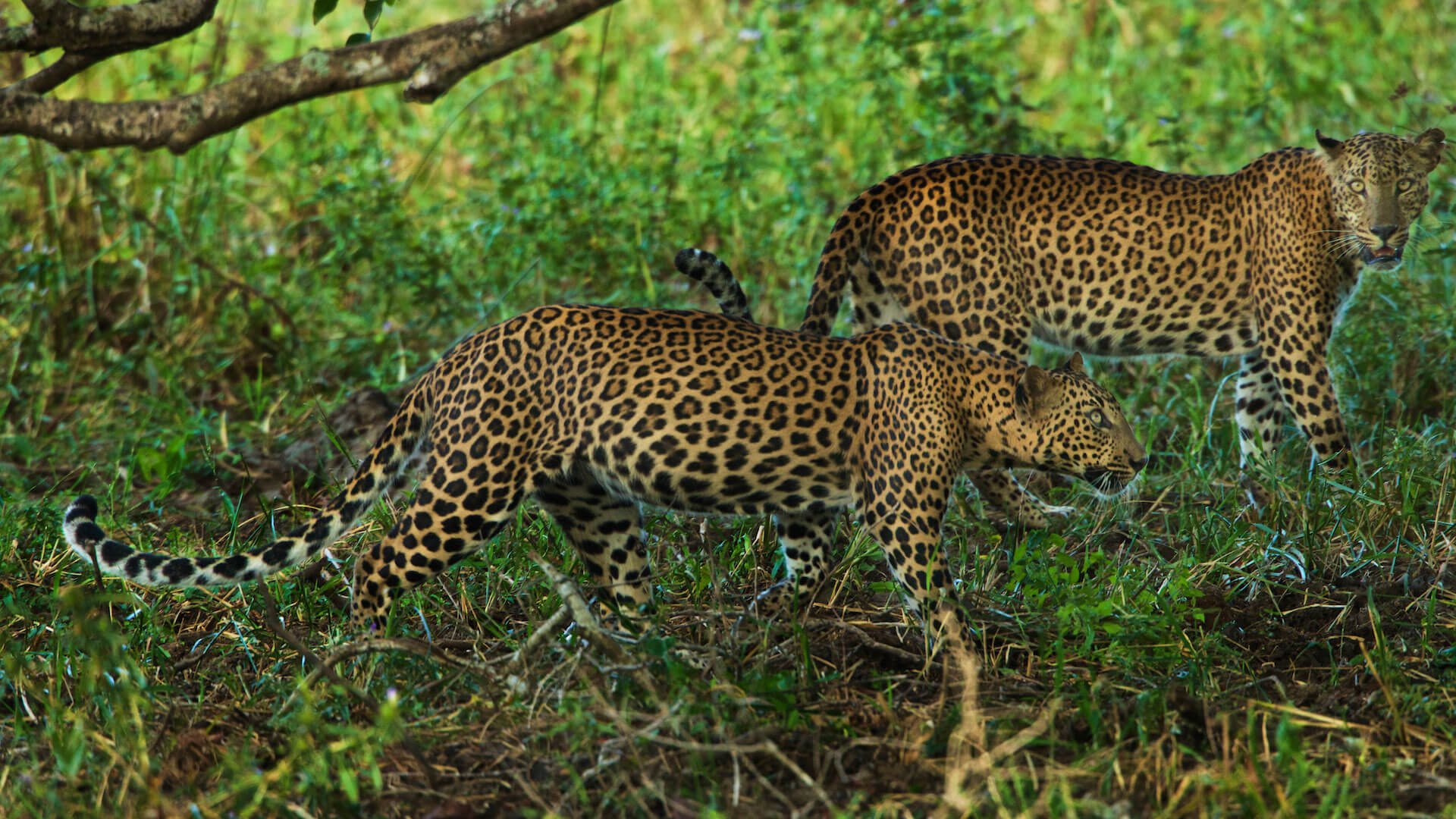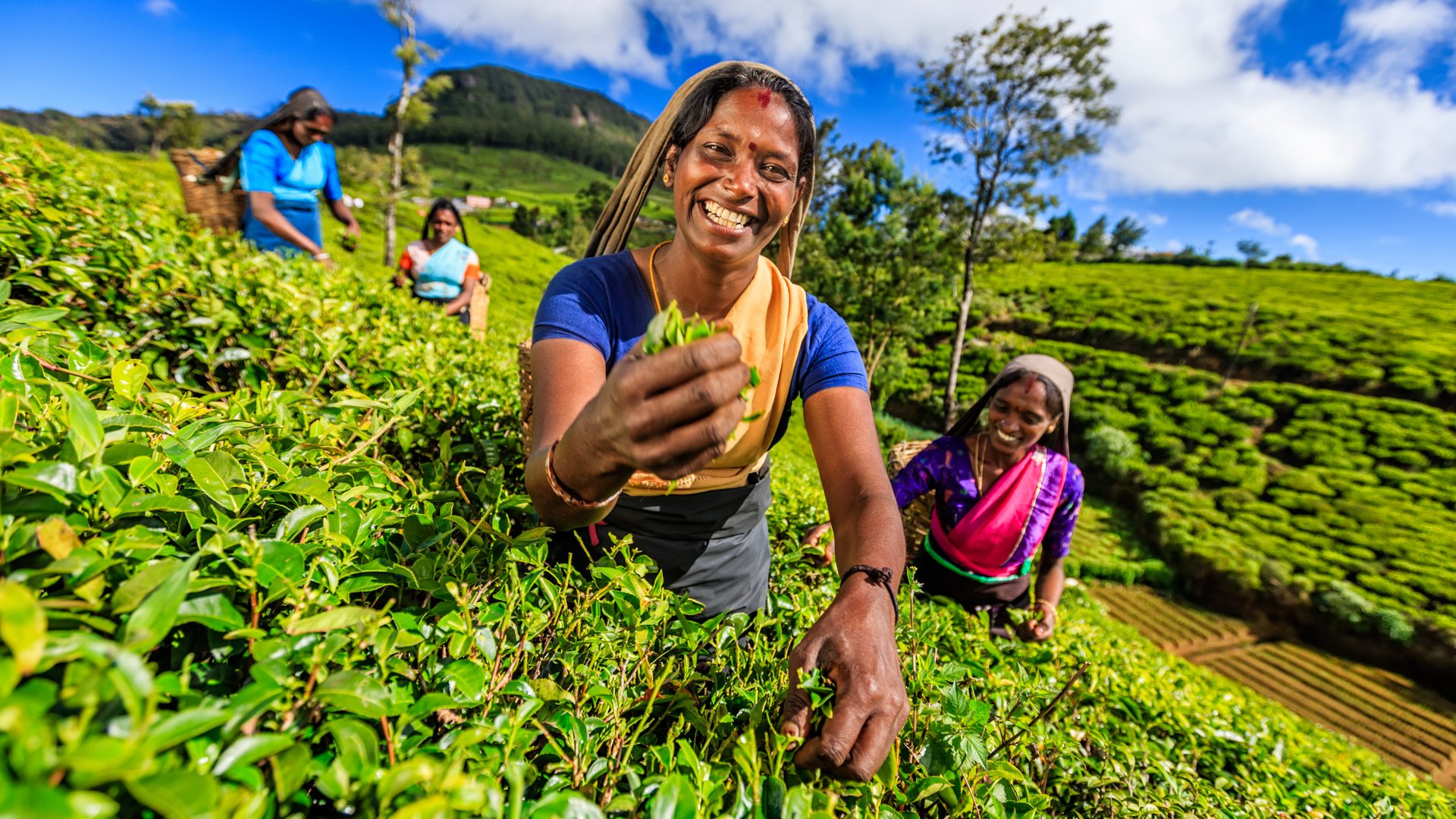
The tear drop shaped island of Sri Lanka lies in the Indian Ocean just off the southern tip of India. With its golden sandy beaches, azure blue waters and warm tropical climate. Sri Lanka is a year-round destination for holidaymakers seeking sun, sand, sea and adventure. The island has a rich cultural heritage that dates back to over 2,000 years which is linked to the origins of Buddhism in the country with magnificently constructed stupas and the ruin remains of ancient kingdoms. Controlled from the 16th century onwards by the Portuguese, Dutch and finally the British prior to gaining full independence in 1948, the influences of colonial powers remain visible in architecture and a number of forts across the country. Along with train rides through rolling tea plantations and the ruins of an ancient temple, Sri Lanka’s wildlife reserves play host to a habitat for diverse species, including majestic elephant, elusive leopard, plus an abundance of birdlife.
Some travellers enjoy history. Others prefer enlightenment. From cavemen and ancient kingdoms to Buddhist philosophy and colonial forts, your guests can choose to inhabit the footsteps of those who have journeyed here (eons) before. Coast, hill country, jungle, or city is on offer and you can race around to glimpse them all. However, we think you would prefer to take your time and be fully immersed in your favourite landscape. If variety is the spice of life, what flavours will you choose? Continental buffets are always available, but travellers’ will be delighted with spicy, aromatic flavours of traditionally prepared meals.
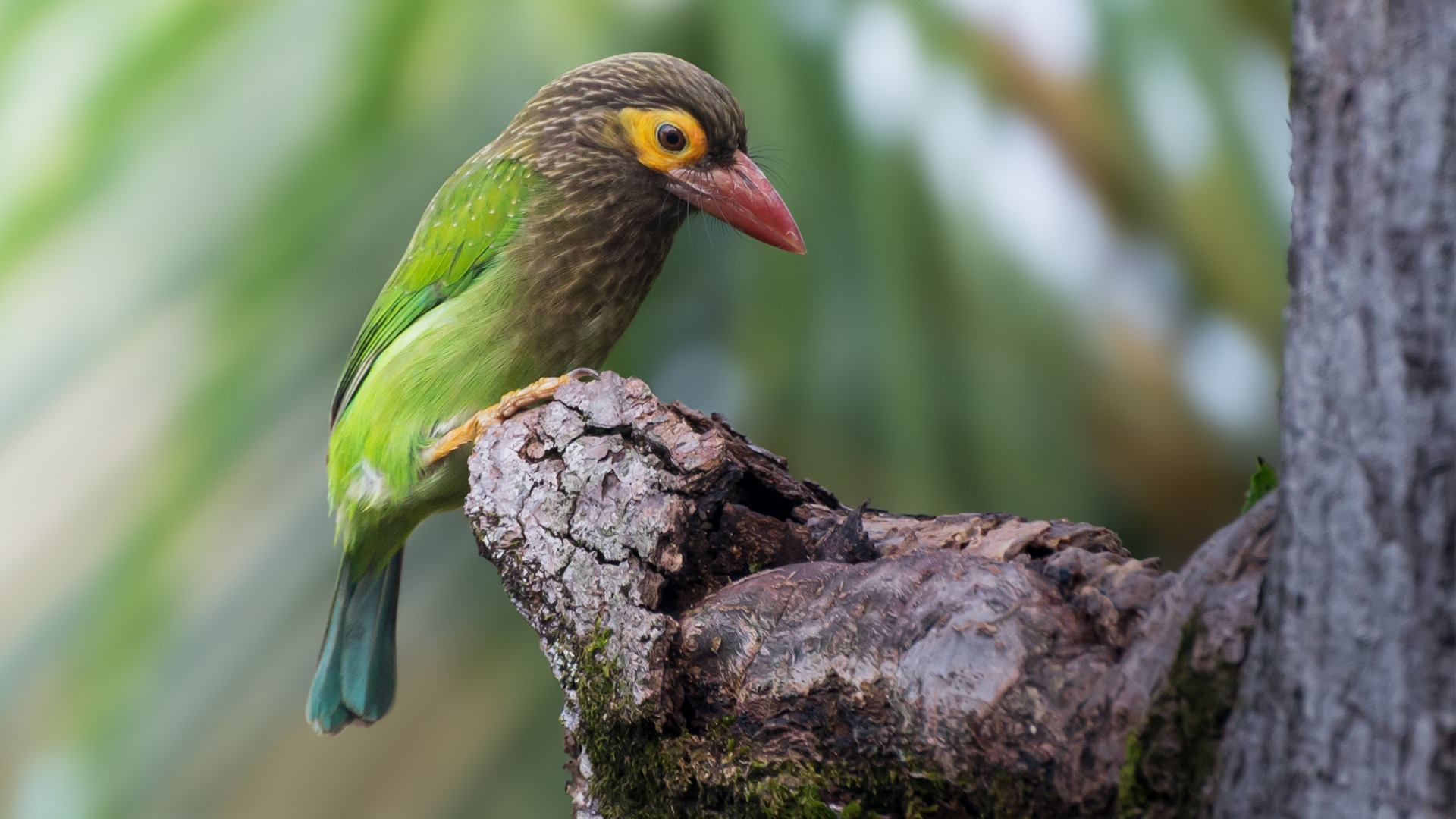
WILDLIFE
Whether it is the largest marinme mammal, the blue whale or the smallest terrestrial, the pygmy shrew, or bird checklists and herpetological oddities that capture your imagination – it is hard to rival this biodiversity hotspot. Here is an overview of what you can experience to whet your appetite.
Traverse the Hurulu Forest Reserve seeking herds of Elephants:
Originally created as a biosphere reserve in 1977, this thriving ecosystem is abundant with wildlife and famous for massive herds of elephant. This tropical dry evergreen forest is a fundamental habitat for the Sri Lankan elephant. These migratory mammals move between the forests from Minneriya and Kaudula national parks towards the nearby Hurulu Forest Reserve in the dry season and can be seen dotted amongst the tall grasses and scrub jungle vegetation. Other large animals found here include jackal, spotted deer, tufted gray langur and toque macaque, while a variety of birds fly in the dry-zone including Indian roller, Sri Lanka jungle fowl, Indian peafowl, blue-tailed and green bee-eaters. Raptors such as changeable hawk eagle, crested serpent eagle and shikra may also be seen.
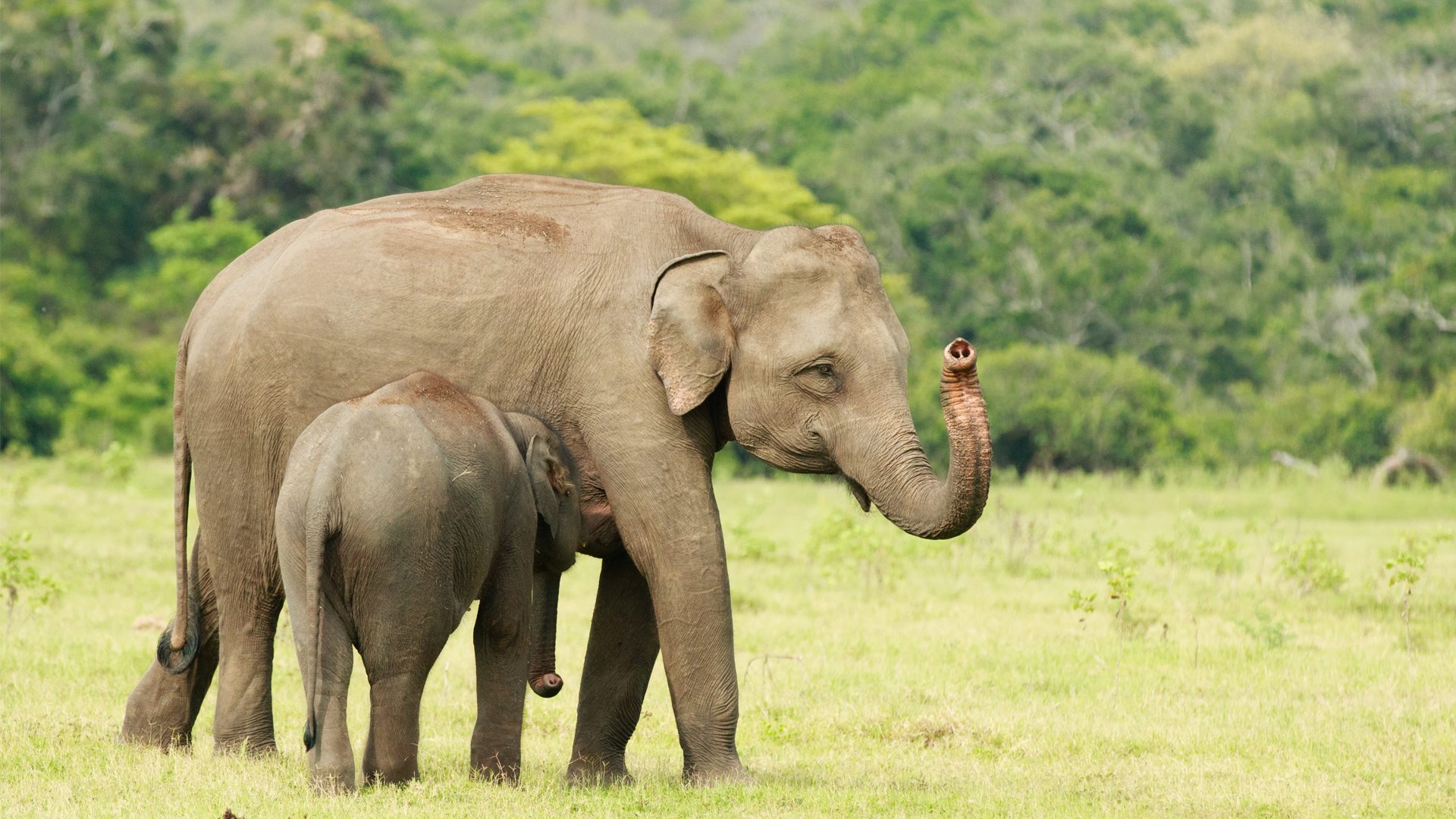
Explore the Kanneliya Rainforest Reserve
A short drive from Galle is one of Sri Lanka’s best-kept secrets and one of the last remaining rainforests in Sri Lanka, the Hiyare Rainforest Reserve. Marked as a biosphere reserve by UNESCO, this veritable paradise for wildlife enthusiasts displays a wealth of flora, fauna and immense beauty. The coursing rivers of Gin Ganga and Nilwala Ganga wind their way around hills, valleys and flat landscapes and dense forest canopies protect a treasure trove of biodiverse riches. The Reserve is home to several bird species, including many endemics and an incredible diversity of mammals, butterflies, dragonflies, amphibians and reptiles. Fauna includes a wide variety of medicinal and rare plants. Four spectacular must-sees in the Reserve include the cascading Anagimale Falls, an ancient tangled creeper giant creeper the height of a person, the little waterfall of Narangas Ella and a massive Nevada tree with an observation platform, a great spot to look out over the lush Reserve.
Witness the gathering of Elephants at Minneriya and Kaudulla National Park:
Explore these two wildlife sanctuaries featuring diverse terrain and exceptional sightings, particularly of the famed Sri Lankan elephant that move between these two Parks. Kaudulla National Park located near Polonnaruwa is a dry evergreen forest set around the ancient Kaudulla Reservoir, a 26km (16mi) dam that supports wildlife, flora, birds, reptiles and exotic fish. Surrounded by vast grasslands and scrubby forest the Park is home to massive herds of elephant, wild boar, sambar deer, leopards, rusty spotted cats and sloth bears. Enjoy birdwatching with over 160 species such as Asian spoonbill, grey-headed fish eagle, black-headed ibis and several reptiles including Indian black turtle and freshwater turtles. Be captivated by scoops of pelicans at sunset drawn to the vast Reservoir and for a different perspective glide along the Reservoir in a paddle boat or catamaran.
Near Polonnaruwa is the Minneriya National Park, with a tank of great historical importance built in the 3rd century AD by King Mahasen. The Park is a vast landscape of grasslands, tropical forests and wetlands inhabited by toque macaque, purple-faced langur monkeys and spotted deer.
A must-see is ‘The Gathering of Elephants’ at the Minneriya and Kaudulla national parks, a spectacular event which occurs from June to October each year. Each day, a massive gathering of hundreds of elephants emerges from the forest to congregate at the water’s edge of the Minneriya and Kaudulla reservoirs and feed on the lush green grass. This is an extraordinary opportunity to observe the social dynamics of the Sri Lankan elephants.
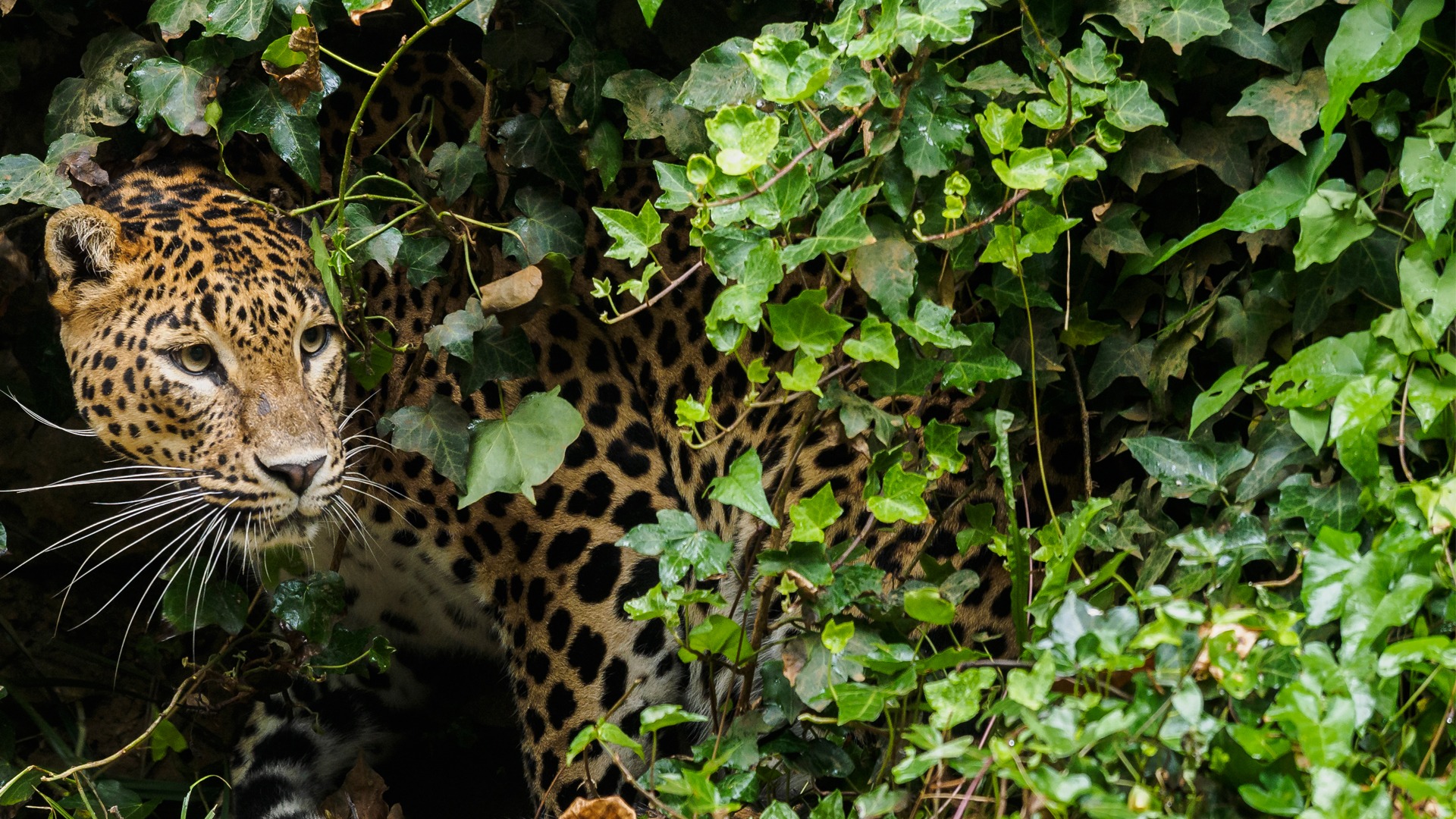
Spot the Elusive Leopard in Yala National Park
Yala National Park straddles the empty southeastern coastline of Sri Lanka and the1268sq km park is home to a rich array of dunes, forests, open plains and lush lagoons, which also attracts a huge diversity of wildlife: 44 mammal species (including elephants & leopards) and over 215 bird species. A visit to Yala National Park offers the chance to see Leopards and Elephants in the wild – Yala contains one of the largest densities of Leopards in the world, with an estimated 25 leopards roaming alone. If you’ve dreamed of spotting these glorious creatures in the wild, a safari in Yala is absolutely your best chance to witness the elusive cats, while an elephant sighting is basically a given, which, in a country the size of Sri Lanka, is absolutely incredible.
Seek out the Temple monkeys of Polonnaruwa:
Together with the Primate Research Group can organise privately guided visits following specific monkey troops, while accompanied by one of the group’s researchers. Three species of monkey – the toque macaque, the canopy-dwelling purple-faced leaf monkey (both endemic) and the gray langur can be observed here. Polonnaruwa’s ‘Temple Troop of Toque Macaques’ has been featured in numerous natural history documentaries and is part of one of the world’s longest-running studies on primates.
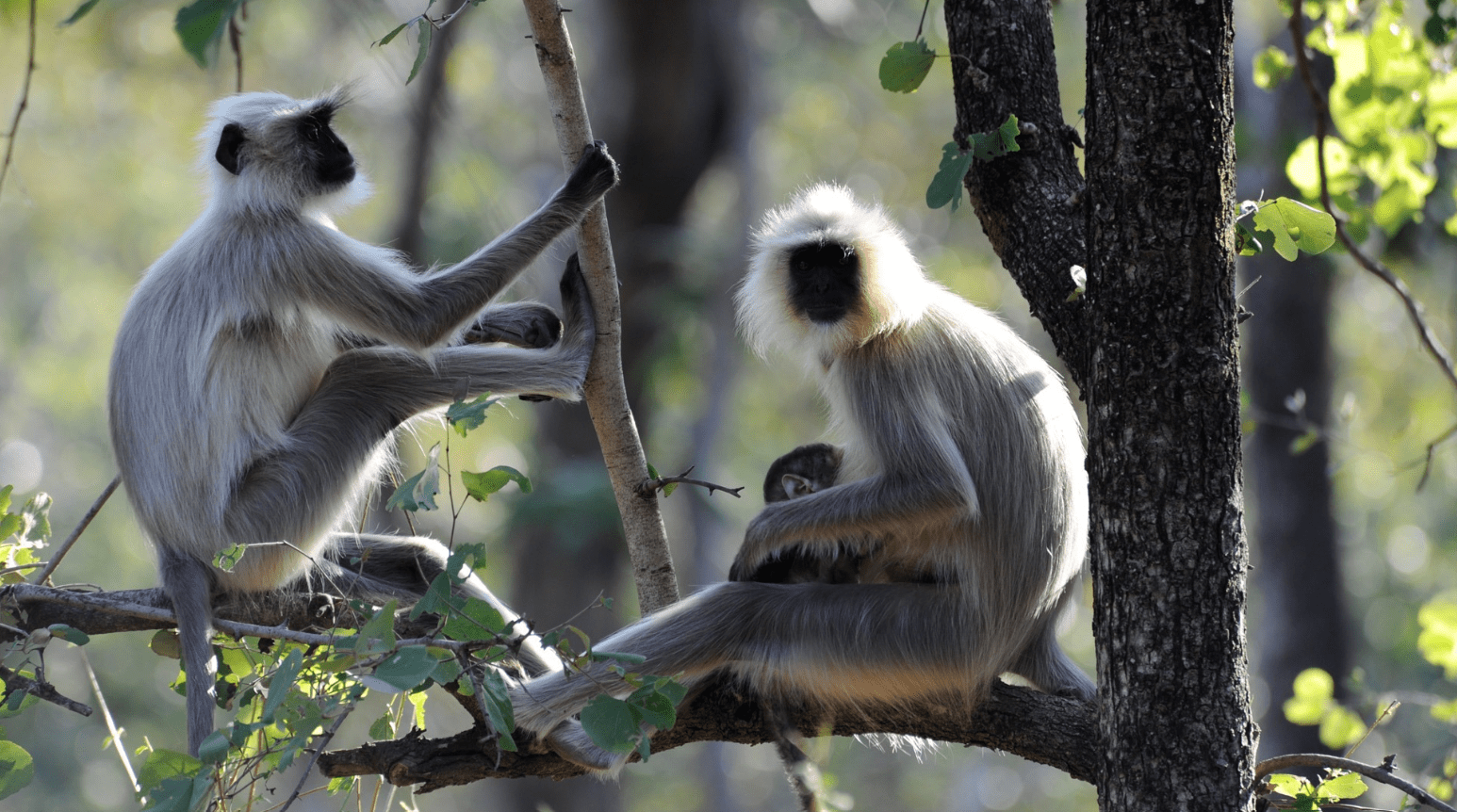
Trek through the lush Kanneliya Rainforest Reserve:
A short drive from Galle is one of Sri Lanka’s best-kept secrets and one of the last remaining rainforests in Sri Lanka, the Hiyare Rainforest Reserve. Marked as a biosphere reserve by UNESCO, this veritable paradise for wildlife enthusiasts displays a wealth of flora, fauna and immense beauty. The coursing rivers of Gin Ganga and Nilwala Ganga wind their way around hills, valleys and flat landscapes and dense forest canopies protect a treasure trove of biodiverse riches. The Reserve is home to several bird species, including many endemics and an incredible diversity of mammals, butterflies, dragonflies, amphibians and reptiles. Fauna includes a wide variety of medicinal and rare plants. Four spectacular must-sees in the Reserve include the cascading Anagimale Falls, an ancient tangled creeper giant creeper the height of a person, the little waterfall of Narangas Ella and a massive Nevada tree with an observation platform, a great spot to look out over the lush Reserve.
